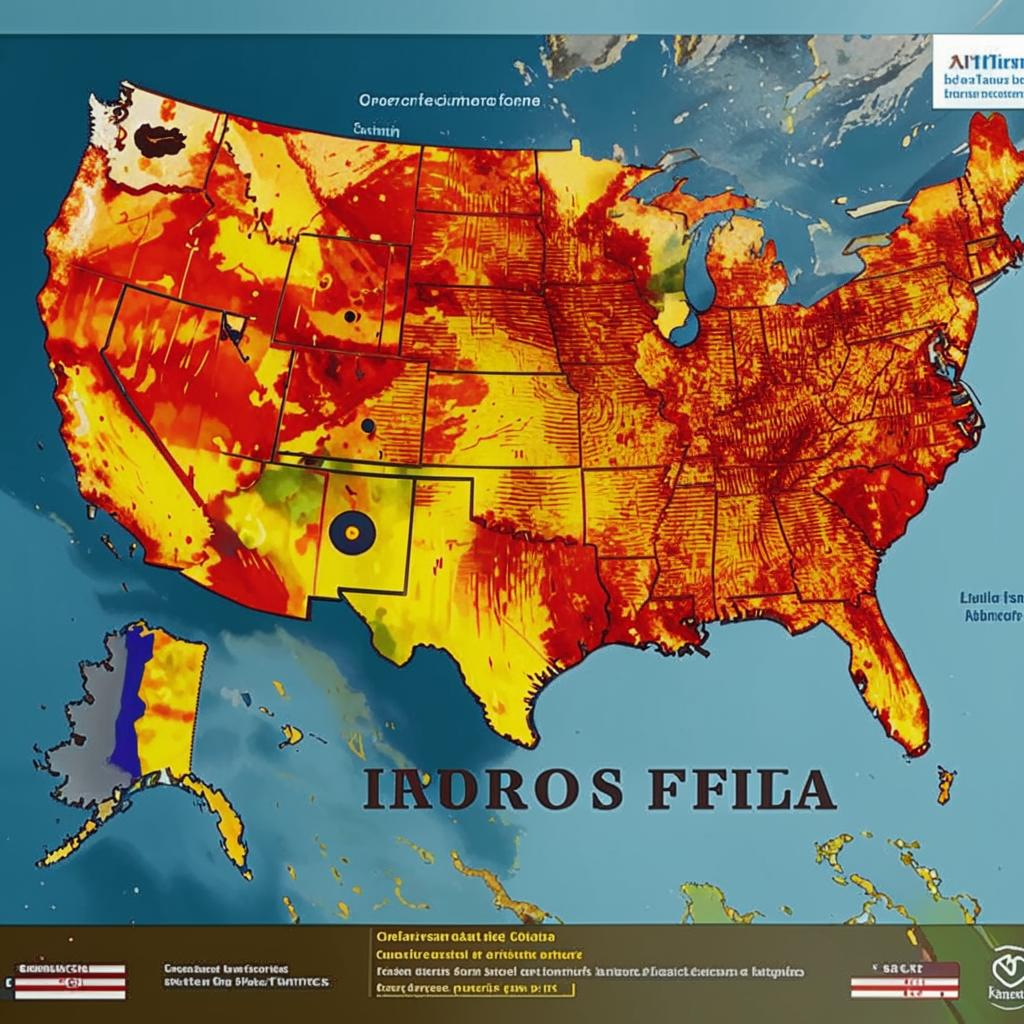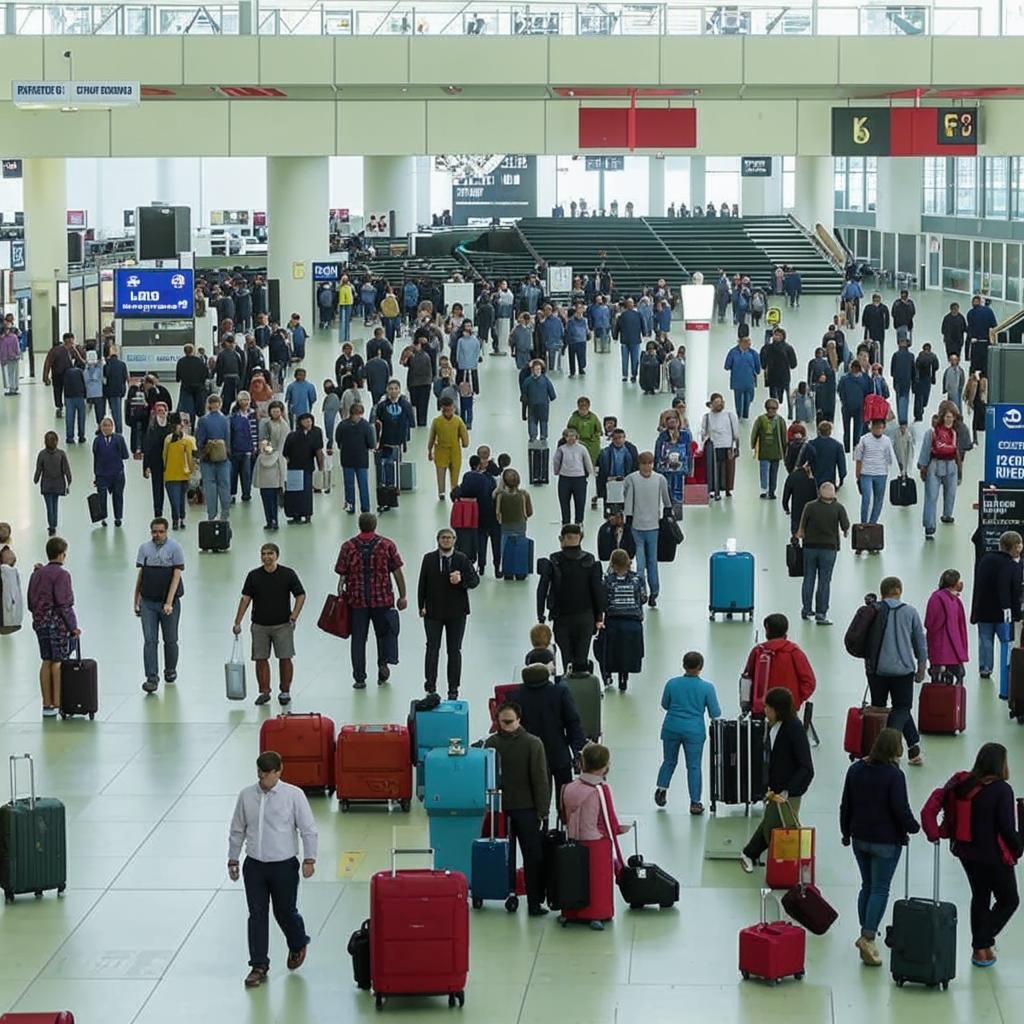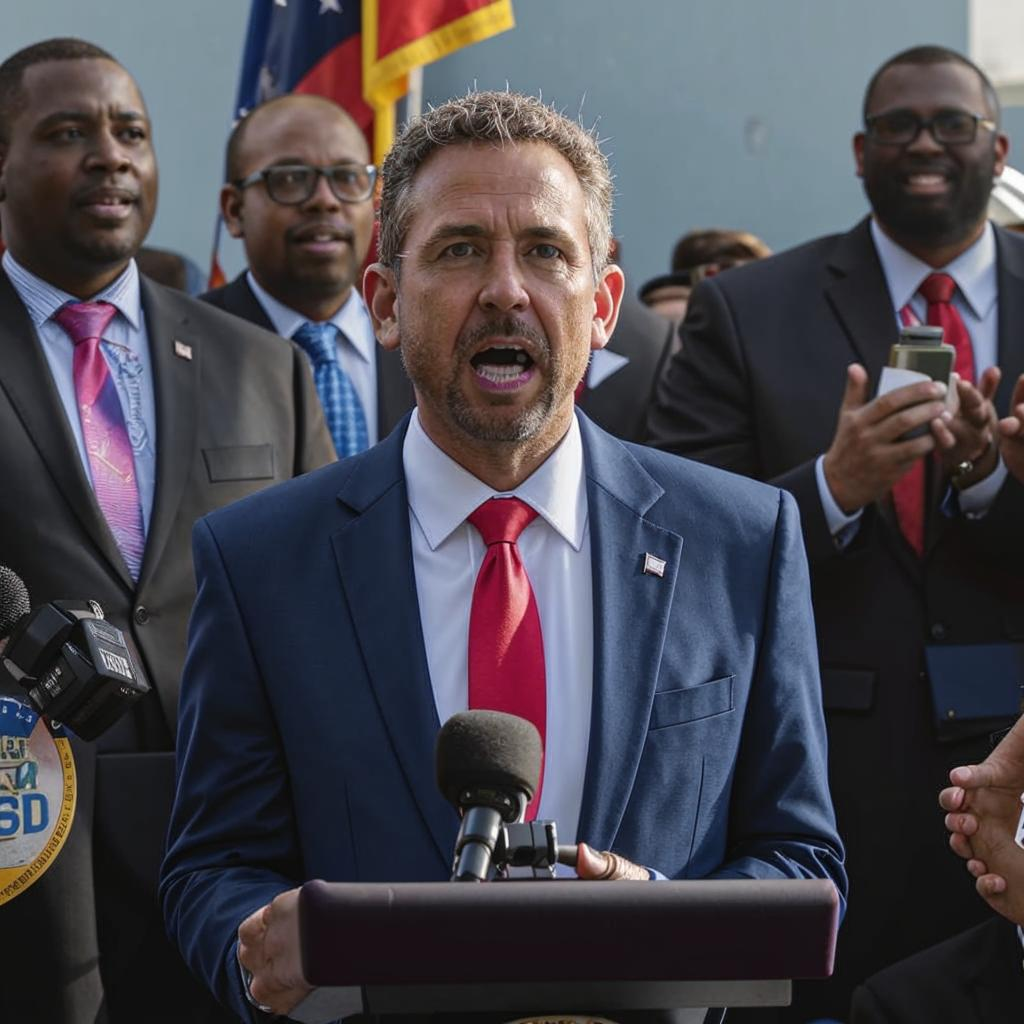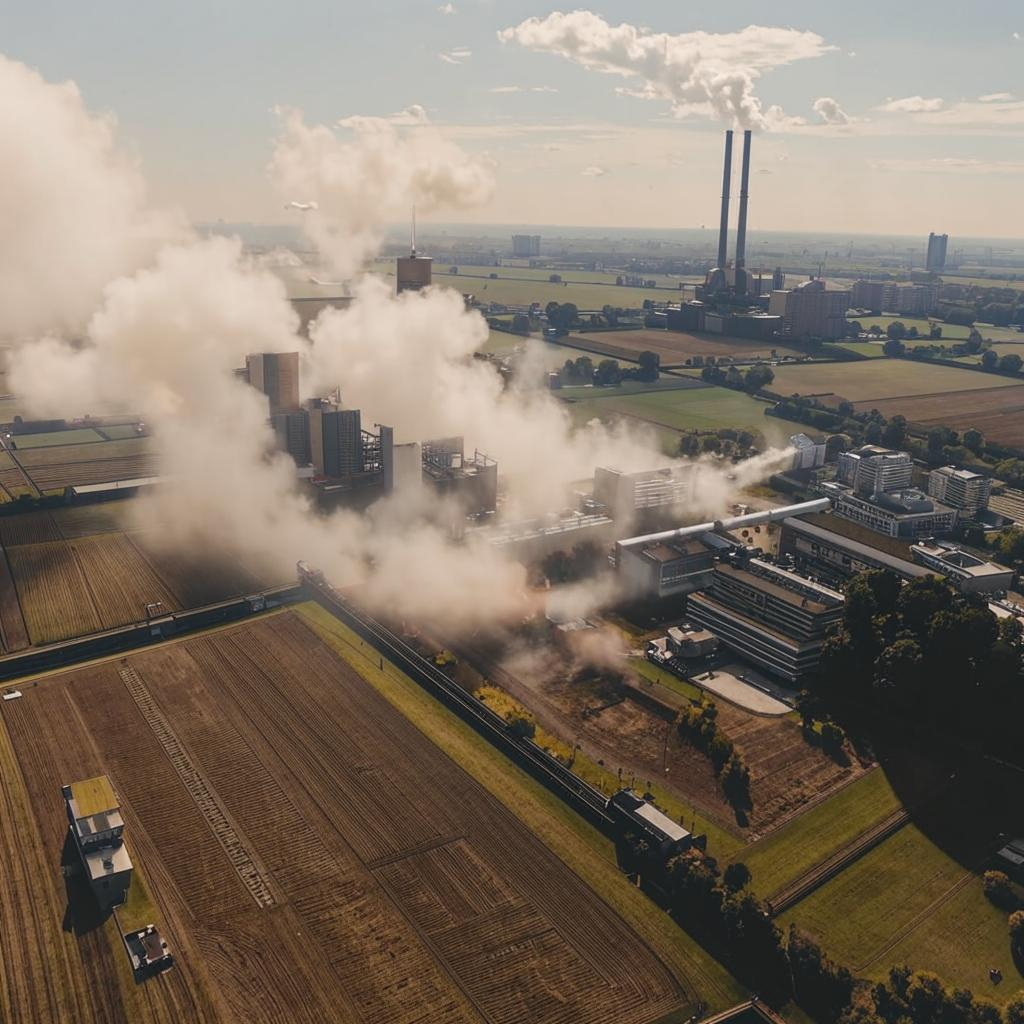The United States is bracing for another summer of climate extremes, with scientists predicting a surge in heatwaves, droughts, floods, and wildfires. This summer follows a pattern of increasingly severe weather events driven by climate change. Recent studies reveal a strong link between rising global temperatures and the intensity and frequency of extreme weather.
Heatwaves are expected to be more intense and prolonged, posing significant risks to public health, especially for vulnerable populations like the elderly and those with pre-existing conditions. Drought conditions are already impacting agricultural regions, threatening crop yields and water supplies. The Southwest and parts of the Midwest are particularly vulnerable.
Flooding is also a major concern. Warmer temperatures lead to increased evaporation and heavier rainfall, increasing the risk of flash floods and riverine flooding. Coastal communities are facing the dual threat of rising sea levels and more intense storms, exacerbating coastal erosion and flooding.
Wildfires are becoming more frequent and destructive, fueled by dry vegetation and hot, windy conditions. The Western United States is particularly at risk, with large areas already experiencing drought.
Experts emphasize the need for urgent action to mitigate climate change. Reducing greenhouse gas emissions through transitioning to renewable energy sources and implementing energy efficiency measures is crucial. Adaptation strategies are also essential, including improving infrastructure, strengthening emergency response systems, and developing drought-resistant crops. The cost of inaction far outweighs the cost of addressing climate change. Public awareness and individual responsibility are also vital to build a more resilient and sustainable future.















